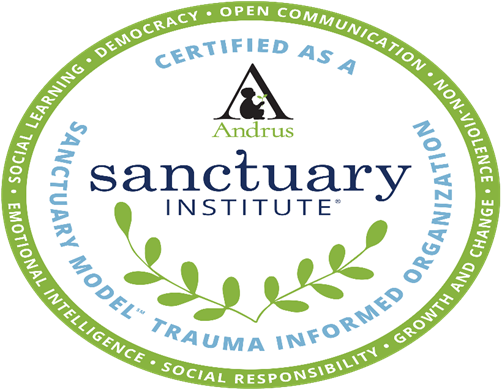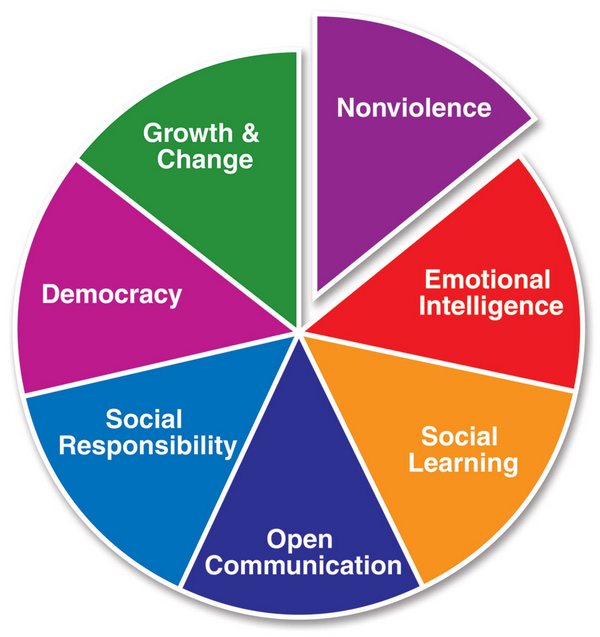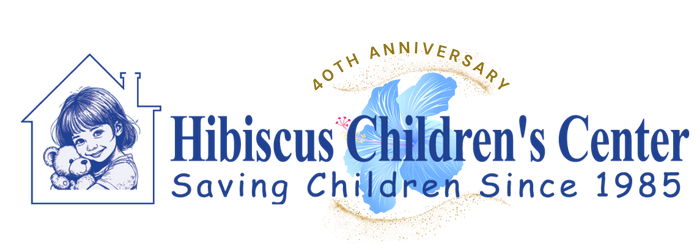SANCTUARY MODEL
PROVIDING SAFETY, LOVE AND HOPE FOR ABUSED CHILDREN THROUGH A TRAUMA-INFORMED APPROACH
Read Article Here – Hibiscus Mental Health Services and Using Our Sanctuary Model to Help Families
 The Sanctuary Model is a Trauma-Informed Care model and is an innovative, evidence-based model that addresses the health and well-being of abused, neglected, and/or abandoned children and caregivers, including staff and volunteers.
The Sanctuary Model is a Trauma-Informed Care model and is an innovative, evidence-based model that addresses the health and well-being of abused, neglected, and/or abandoned children and caregivers, including staff and volunteers.
HIBISCUS RECEIVED SANCTUARY MODEL CERTIFICATION IN 2020
Trauma informed care has been associated with improvement in children’s well-being and placement stability over time. The objective of The Sanctuary model is to change organizational culture to emphasize respecting and appropriately responding to the effects of trauma at all levels. The Sanctuary Model is a trauma informed care practice and awareness that becomes almost second nature and pervasive in all services areas.
It requires a system to make a paradigm shift from asking, “What is wrong with this person?” to “What has happened to this person?” The Sanctuary Model has helped our agency reduce trauma symptoms in our clients, higher productivity of staff through motivation, engagement and satisfaction of services, and has lowered staff turnover.
Hibiscus Children’s Center has implemented The Sanctuary Model throughout its entire organization and all staff are trained.
“Using the Sanctuary Model not only helps us to understand and care for our clients in a trauma informed and responsive way, but also uses the same supportive practices for our staff and organization.” – Robin Turner, LMHC, Sanctuary Training Specialist
The Sanctuary Model & Therapeutic Crisis Intervention
Creates a collaborative treatment environment | Works more effectively and therapeutically with traumatized clients | Builds high-functioning multi-disciplinary teams | Improves staff morale | Increases employee retention
The 7 Sanctuary Commitments
(Created by Sandra L. Bloom, M.D. and the Sanctuary Institute)

The Seven Sanctuary Commitments represent the guiding principles for implementation of the Sanctuary Model – the basic structural elements of the Sanctuary “operating system” – and each support trauma-related goals for children and staff:
- Commitment to Nonviolence – helping to build safety skills and a commitment to higher purpose.
- Commitment to Emotional Intelligence – helping to teach emotional management skills.
- Commitment to Social Learning – helping to build cognitive skills.
- Commitment to Open Communication – helping to overcoming barriers to healthy communication, learn conflict management, reduce acting-out, enhance self-protective and self-correcting skills, teach healthy boundaries.
- Commitment to Democracy – helping to create civic skills of self-control, self-discipline, and administration of healthy authority.
- Commitment to Social Responsibility – helping to rebuild social connection skills, establish healthy attachment relationships, establish sense of fair play and justice.
- Commitment to Growth and Change – helping to work through loss and prepare for the future.
If you would like to learn more about the Sanctuary Model and how Hibiscus Children’s Center utilizes it to provide the highest quality environment and services for our children and staff, please contact Robin Turner, LMHC, Sanctuary Training Specialist, at [email protected] or 772-404-1192.
Hibiscus Children’s Center received Sanctuary Certification on August 28, 2020 and the agency received recertification in 2023.

Sanctuary Practices and Tips
COMMUNITY MEETINGS
Hibiscus has implemented Community Meetings at the Shelter and Village and in various meetings and activities throughout the agency.
♥ Community Meetings are more than simply a way of greeting one another. These check-in rituals are important ways that we create a trauma-informed, trauma-responsive culture.
♥ Community Meetings support our practice of Emotional Intelligence (How are you feeling today?), Growth & Change (What is your goal for today?) and Social Responsibility (Who will you ask for help?).
♥ Identifying how we feel in a given moment is critical because emotions are connected to behavior. This is why it is important to encourage people to avoid giving socially-practiced answers like “Fine” or “Good” in response to the first question of Community Meetings.
♥ Each time we come together throughout the day, we start with a Community Meeting. Our emotions, our goals and our supports change throughout the day, so checking in is important.
♥ Especially in times of increased stress, like during this crisis with COVID-19, it can be helpful to expand Community Meetings by adding a fourth question, such as “What will you do today to practice good Self-Care?” or “What is something on your Safety Plan that you can use if you need it today?”
SELF-CARE PLAN
Hibiscus encourages staff and volunteers to have a Self-Care Plan. The children’s well-being is our priority and our staff help the children learn the importance of self-care.
♥ Self-Care is about more than simply pampering and self-indulgence. Rather, Self-Care is essential for our well-being, and therefore central in our ability to support and care for others.
♥ Make sure to add Self-Care to your schedule. Often, if we try to “squeeze in” some time, we find that our Self-Care gets left out. Instead, try putting it your calendar so that you can prepare for and even get a reminder about Self-Care.
♥ Particularly under times of stress, we must be sure to attend to our most basic Self-Care. It is important to fuel our bodies well, hydrate them, and give them the rest that they need. Check in with your body to see what it needs from you right now.
♥ Some Self-Care practices might be put on hold during the COVID-19 crisis. If you can’t go to the gym or can’t go out to eat with friends, look for activities that help you meet those needs. Going for a run might be a way to focus your physical energy and technology can help you feel connected with others. Children can play board games and use their imaginations to create fun stories and games!
